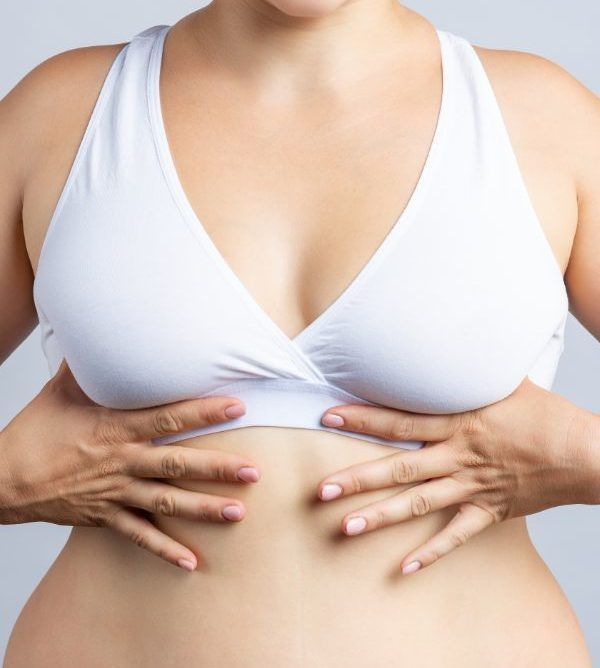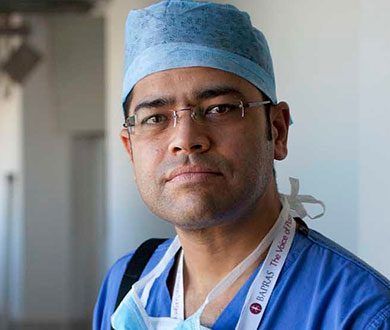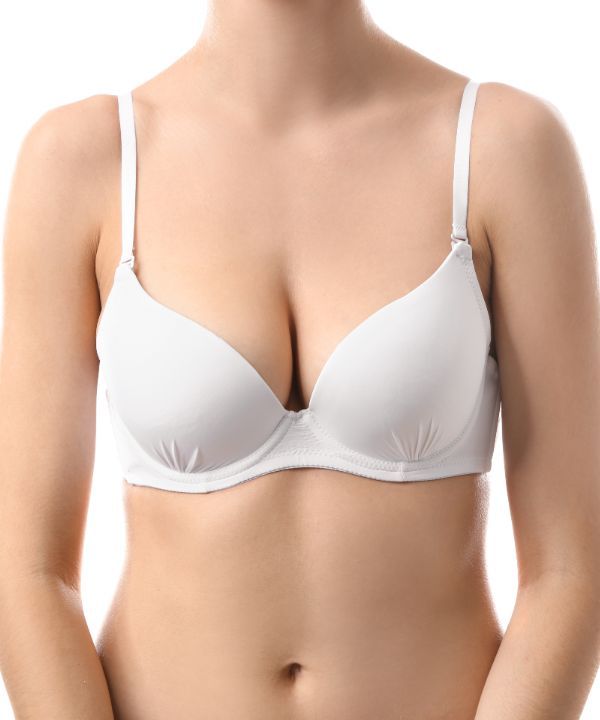Breast Reduction: Ask an Expert

For many people, having overly large breasts can cause a range of issues, from pain in the shoulders, neck and back, through to self-consciousness and mobility issues. In this blog post we’ll cover some of the most frequently asked questions that Mr Cavale gets during his consultations for those enquiring about breast reduction surgery. Whether you’re considering the procedure due to medical or cosmetic reasons, we hope this article will arm you with the knowledge to make an informed decision.
How is the surgery performed?
The goal of breast reduction surgery is to take away fat, tissue and skin to leave the patient with smaller breasts. The surgery involves lifting the nipple into a new position. A common misconception is that the nipple is always removed, but nearly all operations involve keeping the nipple attached on a piece of stalk-like tissue called a pedicle. The only time we would remove it is if the breasts were very large or very droopy in which case, we would remove but then re-attach a bit like a skin graft.
After this step, breast tissue and skin are cut away and then reshaped to create a smaller breast. The nipple is then put back in place. The majority of my operations are done using what is known as an anchor-type reduction – the incision on the skin is effectively an anchor shape.
How do I choose a size?
There is no exact science and a good surgeon should inform you of this during the consultation stage. There is no guarantee of size. Instead, I perform a breast reduction that leaves the patient with breasts that are proportionate to their frame.
What’s the downtime like?
We advise patients to take 10 days off work if they’re going into the office, but if they’re working from home, which is a much more feasible option at the moment, then I would suggest they can work from home again from about 4 days in.
With breast reduction surgery, the majority of my patients find the pain isn’t as bad as they thought. The reason for this is that during a reduction we don’t touch the muscle – it’s just tissue and skin. Whereas with a breast augmentation, the insertion of implants involves cutting into the muscle which is more likely to cause pain.
What are the risks?
The usual risks associated with surgery apply – use of general anaesthetic, bleeding, infection. Be prepared to lose feeling in the nipples as this can happen. There is also a risk of losing a nipple if the blood supply is lost. This has never happened to me personally, but it is a risk we have to inform patients of and is much more likely to happen if you’re a smoker, overweight or a diabetic. Finally, you might not be able to breastfeed if you have a reduction. It’s not impossible, but the majority of patients will not be able to post-surgery.
How do I choose the right surgeon?
The very first thing is to check that they’re on the General Medical Council specialist register. They should have a specialism in plastic surgery. Secondly, do your homework – look at their before and afters, read their reviews and always have a paid-for consultation.
Is there anything that would prevent me from having a breast reduction?
We would ideally only perform a breast reduction on someone who had a BMI of 28 or under. If it’s a case that the weight of their breasts is tipping them over to say a BMI of 30, then they would still be considered. Smokers are also heavily advised against surgery.
Can you even different shaped breasts during a reduction?
Absolutely. The goal is to have symmetrical results.
Does having a breast reduction increase my risk of caner?
It’s the opposite. As there is less breast available, there is less tissue for cancer to develop. It’s also often easier for patients to spot the early signs of breast cancer such as lumps, changes in texture as the breasts are smaller. It’s worth noting that mammograms can still be carried out as normal post-reduction surgery too.
For more information or to book a consultation, get in touch.











